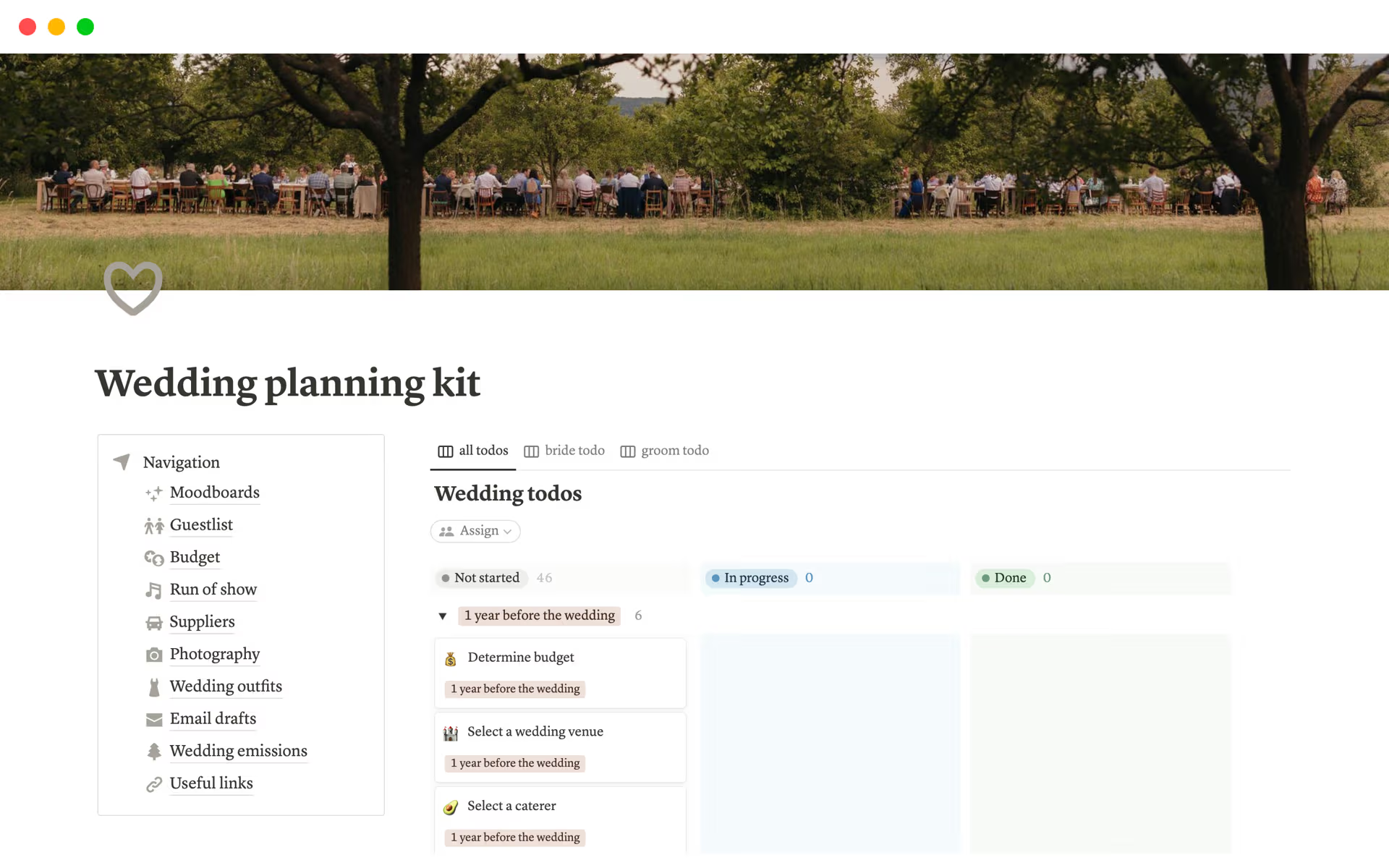Having an Agile Task Board is crucial for managing projects and personal tasks efficiently. It provides a visual representation of work to be done, in progress, and completed, which enhances transparency and fosters better collaboration among team members. An Agile Task Board template in Notion can streamline the setup process, allowing you to quickly adapt the board to your specific workflow and start tracking your tasks effectively.
Before you dive into creating your own Agile Task Board, consider exploring these Notion templates to make the process easier and more efficient.
What Should Agile Task Board Templates Include?
Choosing the right Agile Task Board template in Notion can streamline your project management and enhance team productivity. Here are key components to look for when selecting a template:
User Stories: A dedicated space for user stories helps in breaking down the project into manageable tasks, ensuring clarity and prioritization.
Sprint Backlogs: This component allows teams to organize and update the tasks for current sprints, which is essential for maintaining momentum and focus.
Progress Tracking: Visual progress indicators, such as Kanban boards or burndown charts, provide at-a-glance insight into the project's advancement and team performance.
Collaboration Features: Look for templates that include areas for team comments, task assignments, and deadline tracking to foster communication and accountability.
Selecting a template with these components will ensure that your Agile Task Board is a powerful tool for managing workflows and achieving project success efficiently.
What Should Agile Task Board Templates Avoid?
When selecting an Agile Task Board Template in Notion, it's essential to know what features might hinder your team's productivity rather than enhance it. Here are three key components to steer clear of:
Overly Complex Layouts: Templates with too many sections or complicated navigation can confuse team members and detract from the main goal of agile methodologies—simplicity and efficiency.
Fixed Workflow Stages: Avoid templates that do not allow customization of workflow stages. Agile projects can vary, and the ability to adapt the board to changing project needs is vital.
Excessive Automation: While some automation can be beneficial, too much can make the board rigid and less adaptable to the unique aspects of each project or sprint.
Choosing the right template involves looking for one that promotes clarity, flexibility, and just the right amount of automation to keep things moving smoothly without imposing unnecessary constraints.









